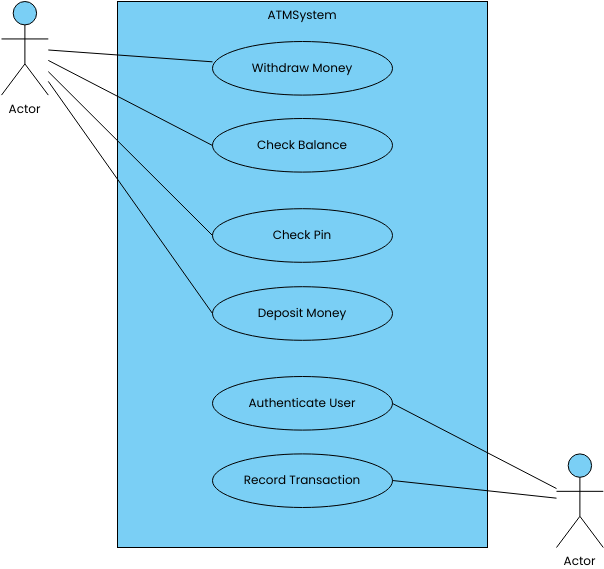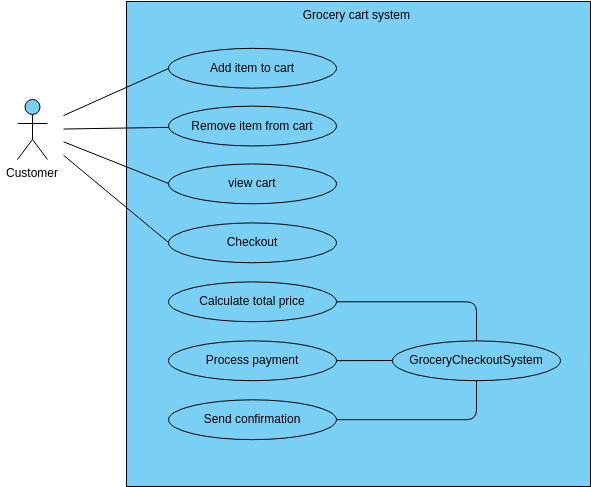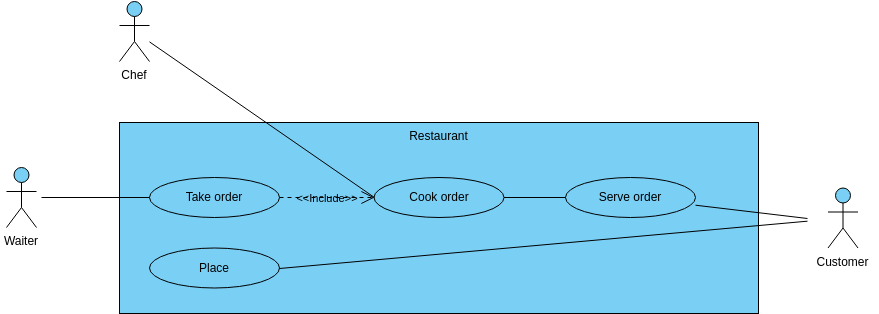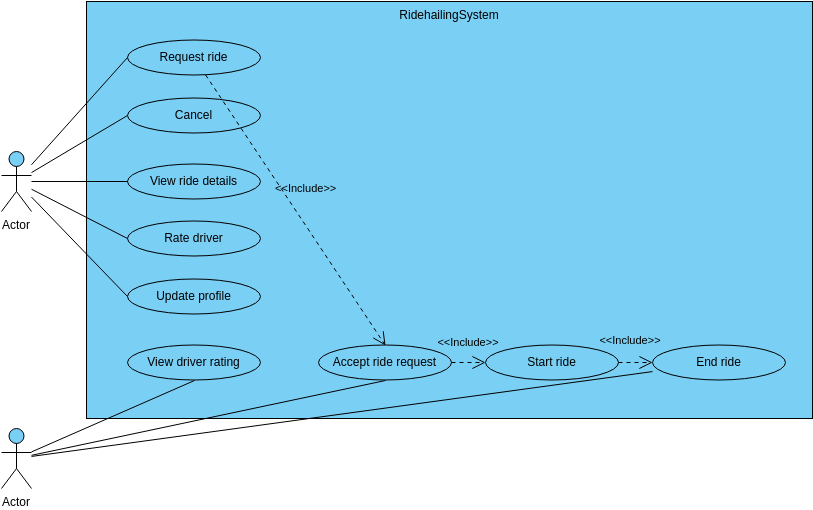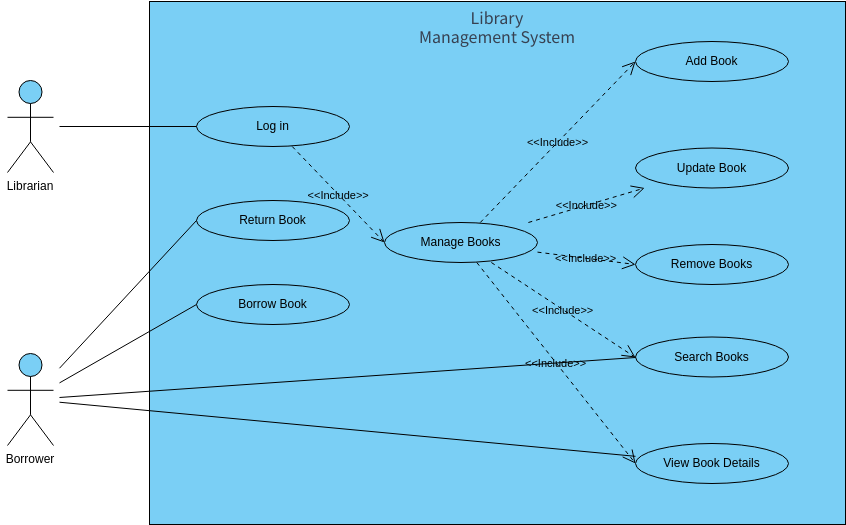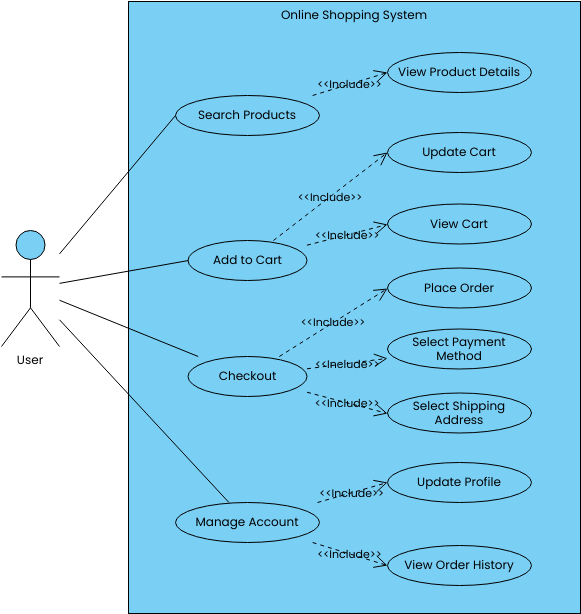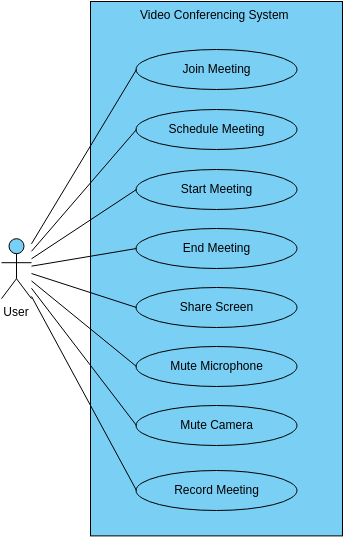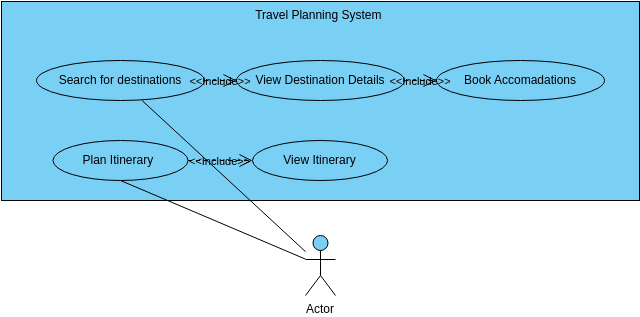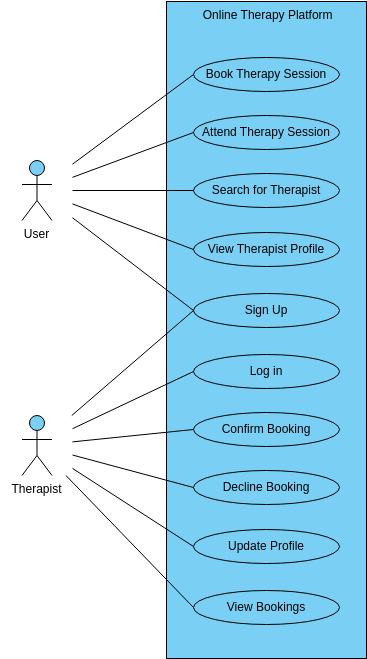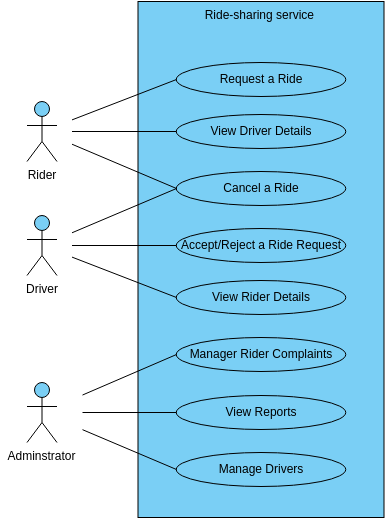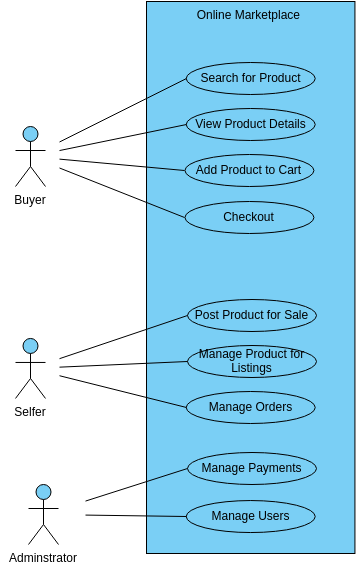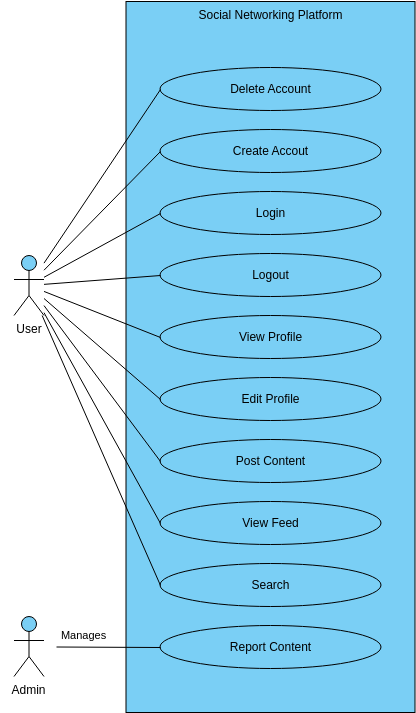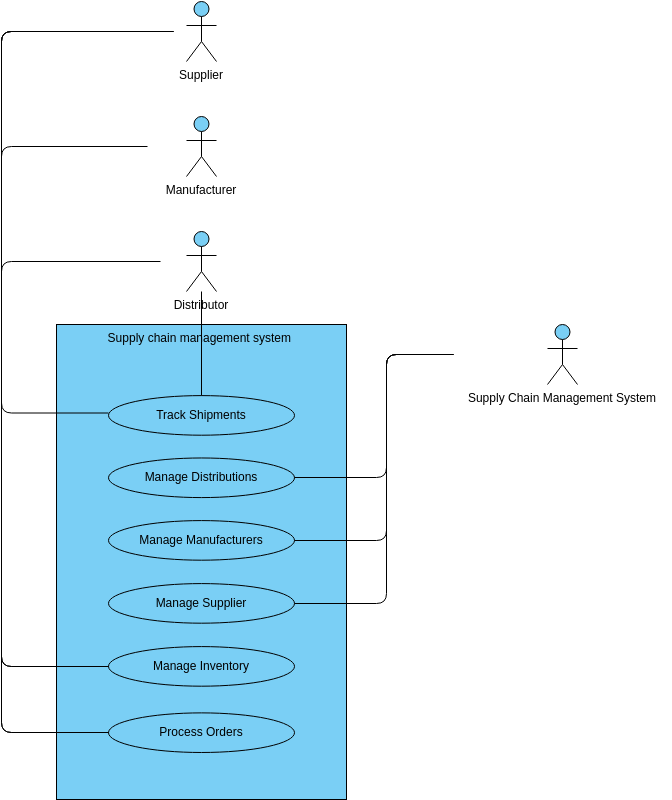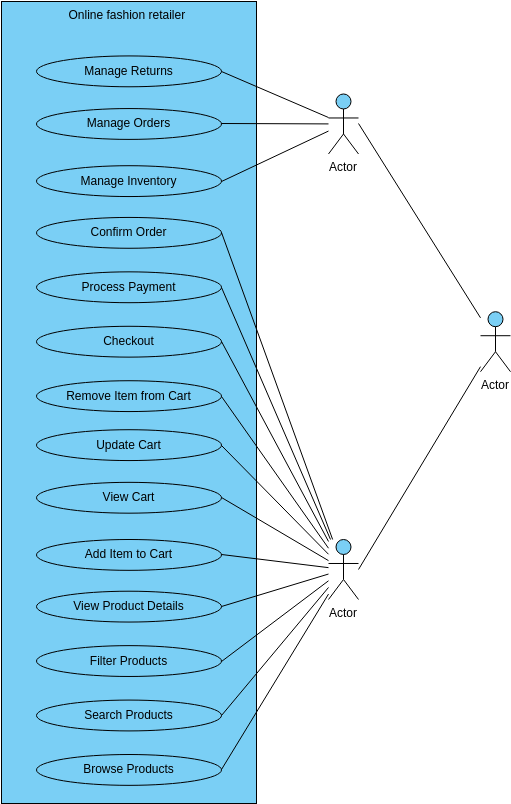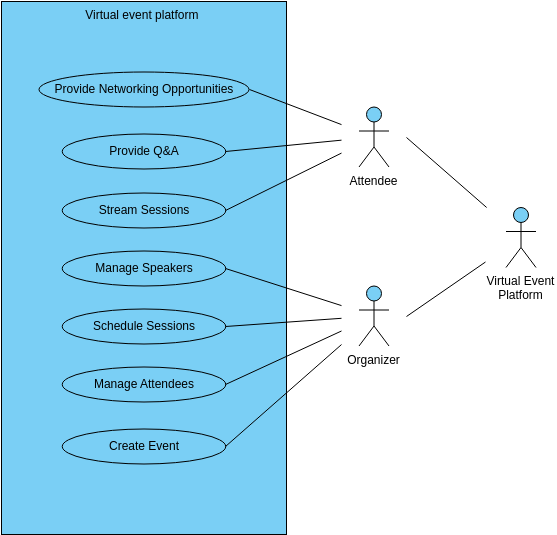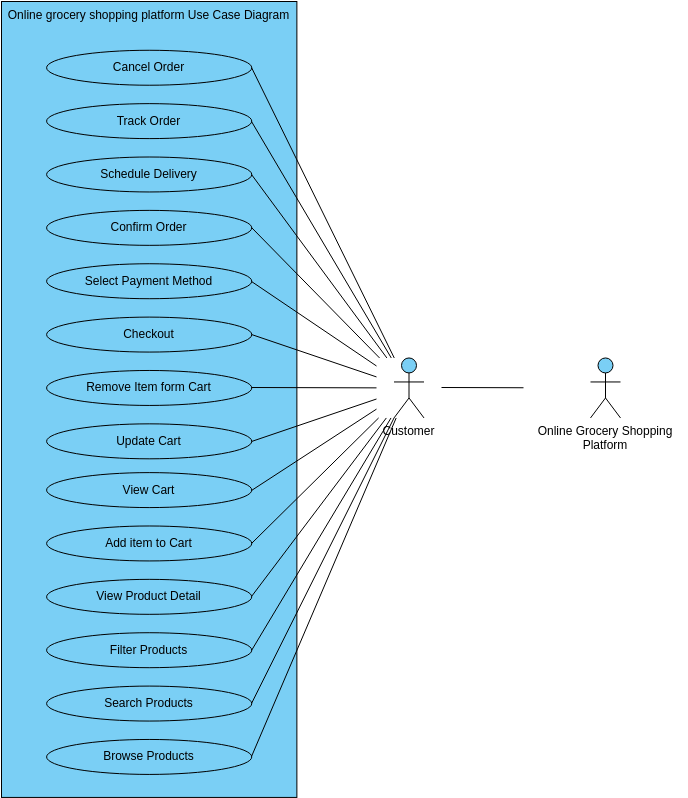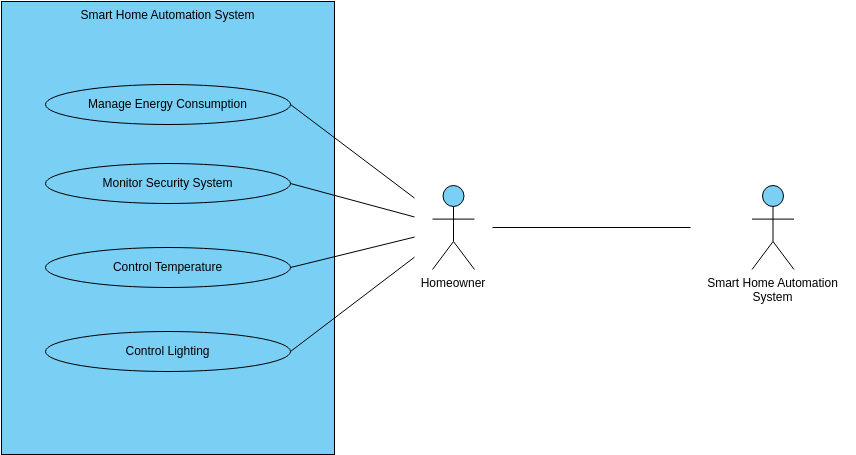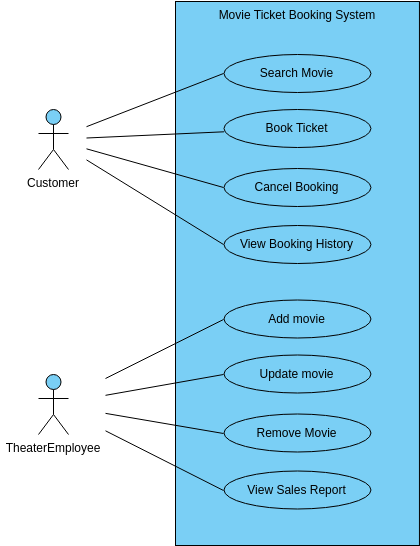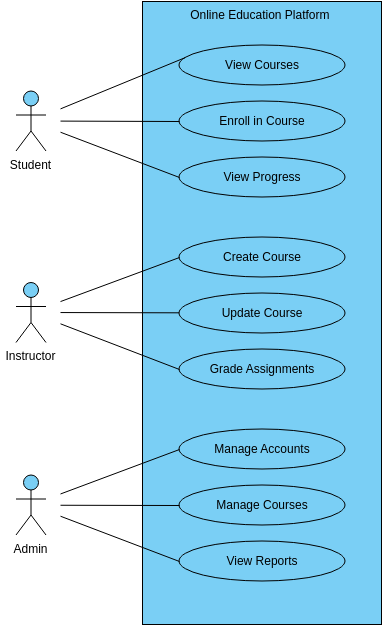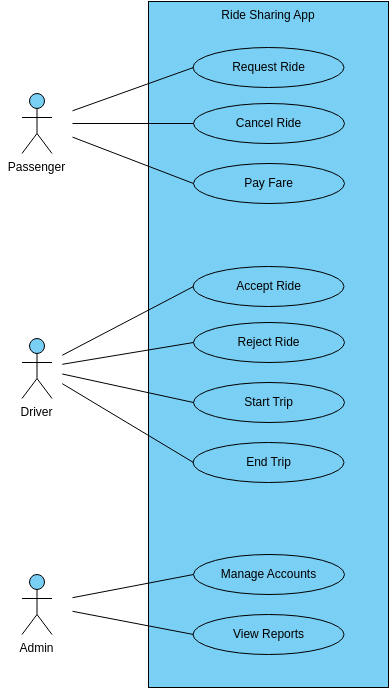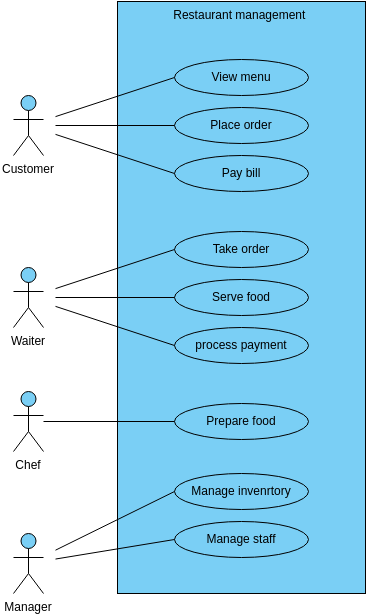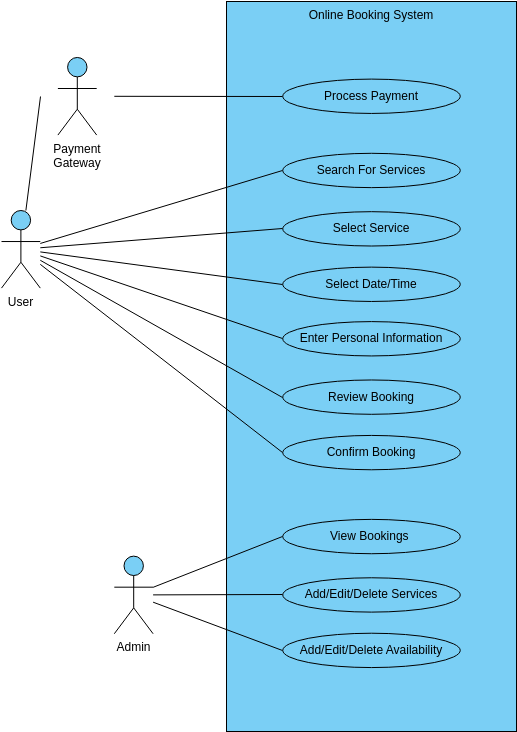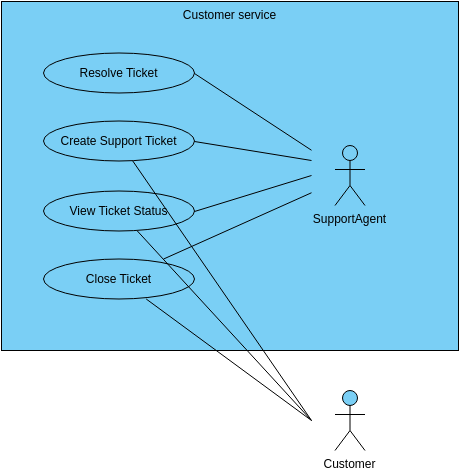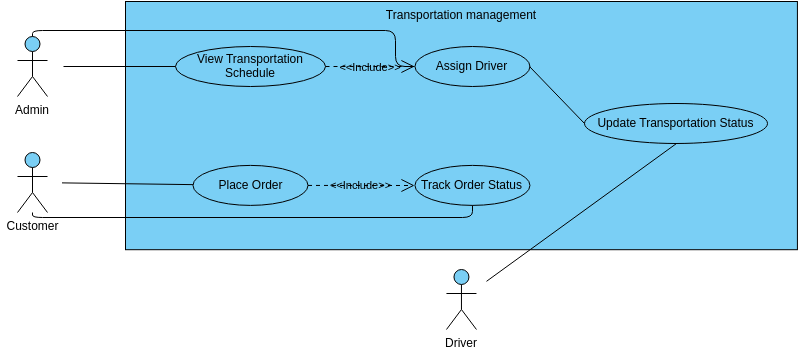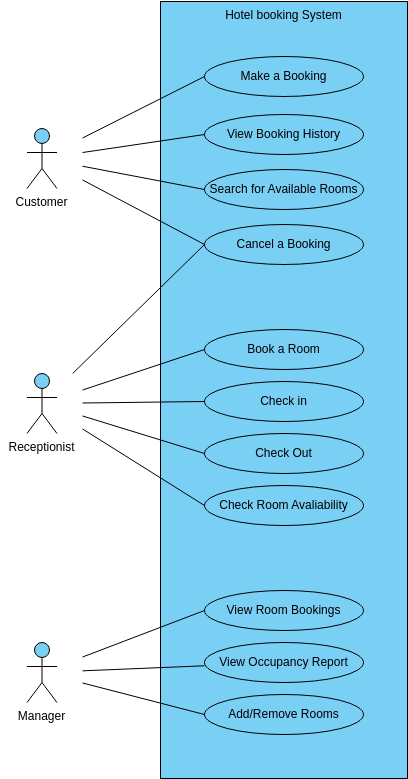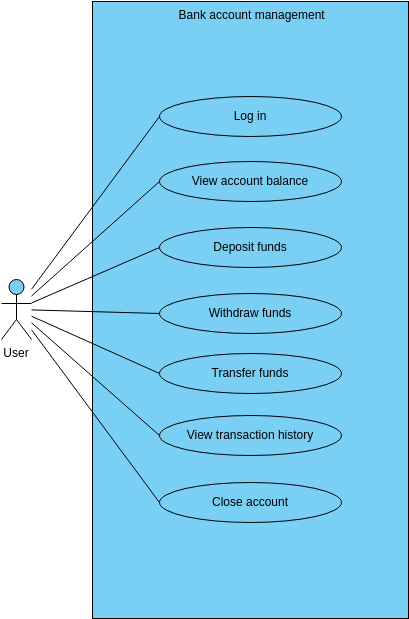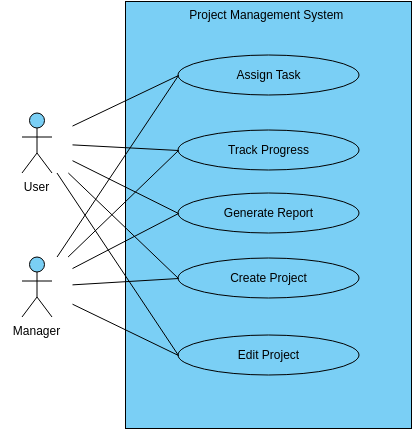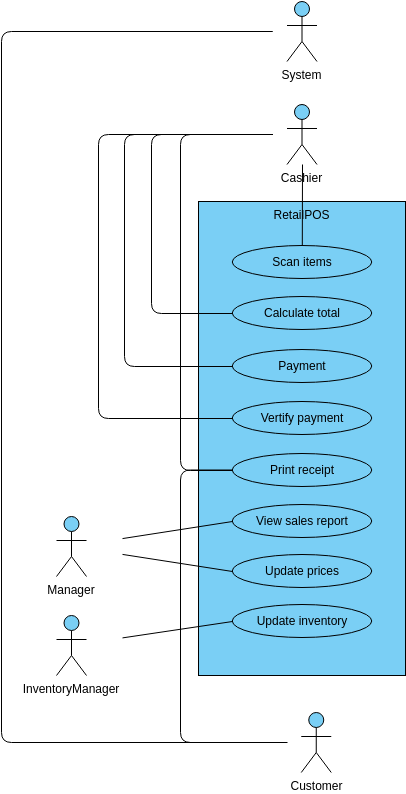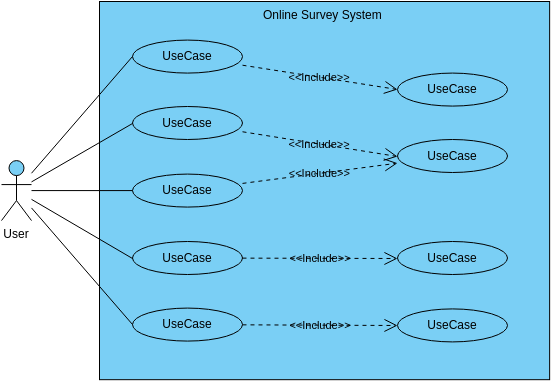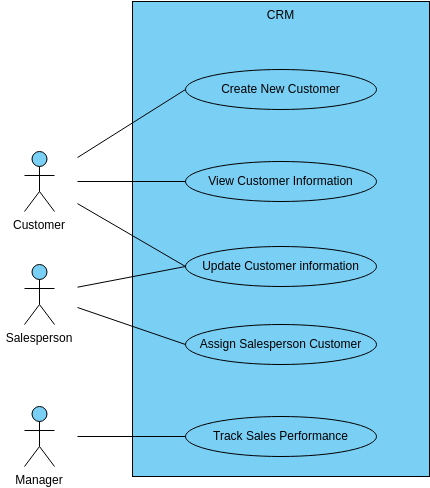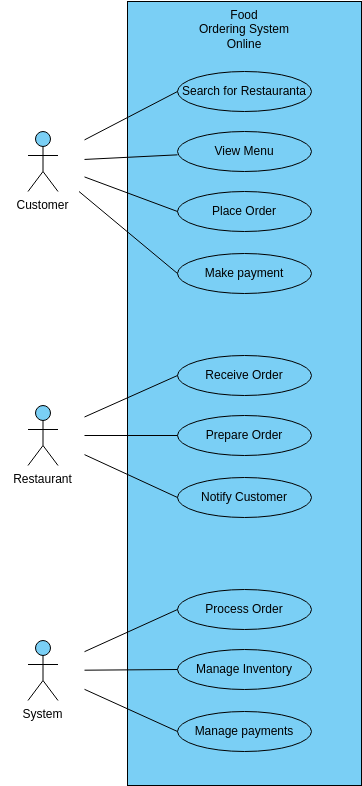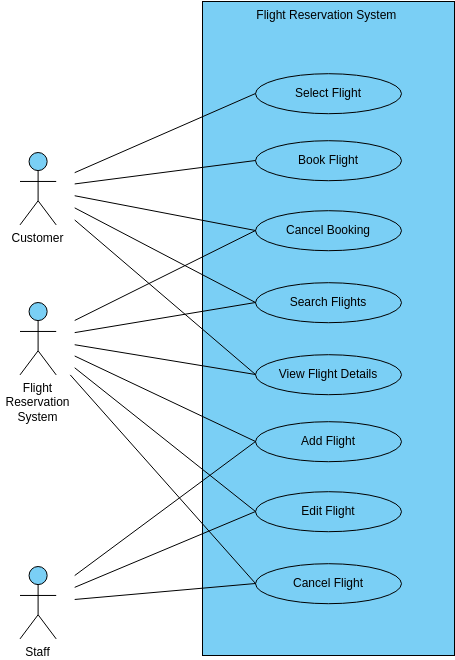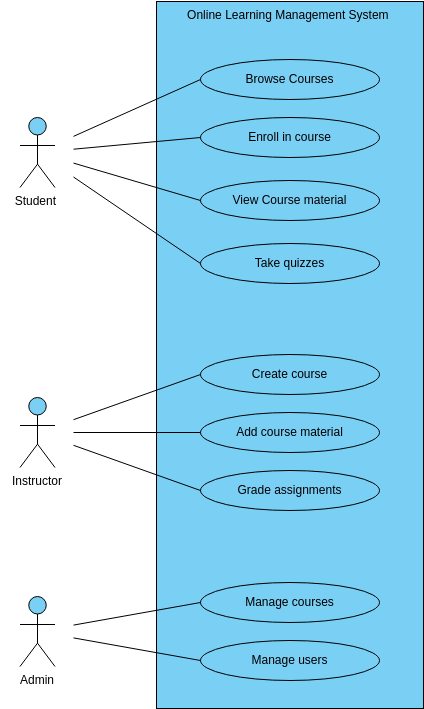Automated Teller Machine (ATM) is a self-service banking machine that enables users to perform various banking transactions, including withdrawing money, checking their account balance, depositing money, and recording transactions.
The Withdraw Money use case allows users to withdraw cash from their account using the ATM. The user selects the withdraw money option, enters the desired amount, and the machine dispenses the cash. This use case is a vital feature of any ATM system as it allows users to access their funds easily and conveniently.
The Check Balance use case allows users to view their account balance at the ATM. The user selects the check balance option, and the system displays the account balance on the screen. This use case helps users to keep track of their finances and make informed decisions about their spending.
The Check Pin use case allows users to verify their identity by entering their Personal Identification Number (PIN) at the ATM. The user enters their PIN, and the system verifies it against the stored PIN in the database. This use case is a critical security feature of the ATM system as it ensures that only authorized users can access their account.
The Deposit Money use case allows users to deposit cash or checks into their account using the ATM. The user selects the deposit money option, enters the amount and inserts the cash or check into the machine. The system verifies the deposit and credits the user's account. This use case provides users with a convenient and secure way of depositing their funds into their account.
Benefits of creating this diagram
Creating a use case diagram for an ATM system offers several benefits. Firstly, it provides a clear and concise overview of the various features and functionalities of the system, which can aid in the development process. The diagram helps to identify the different use cases involved in the system, their relationships, and dependencies. This information is useful in designing the system's architecture, developing the user interface, and identifying potential issues early in the development process.
Secondly, the use case diagram can be used as a communication tool between the development team and stakeholders. The diagram provides a common vocabulary for discussing the system's requirements and functionality. Stakeholders can easily understand the system's features and functionalities, which helps to ensure that the system meets their needs. Additionally, the use case diagram can be used to manage user expectations by setting realistic goals for the system's development.
